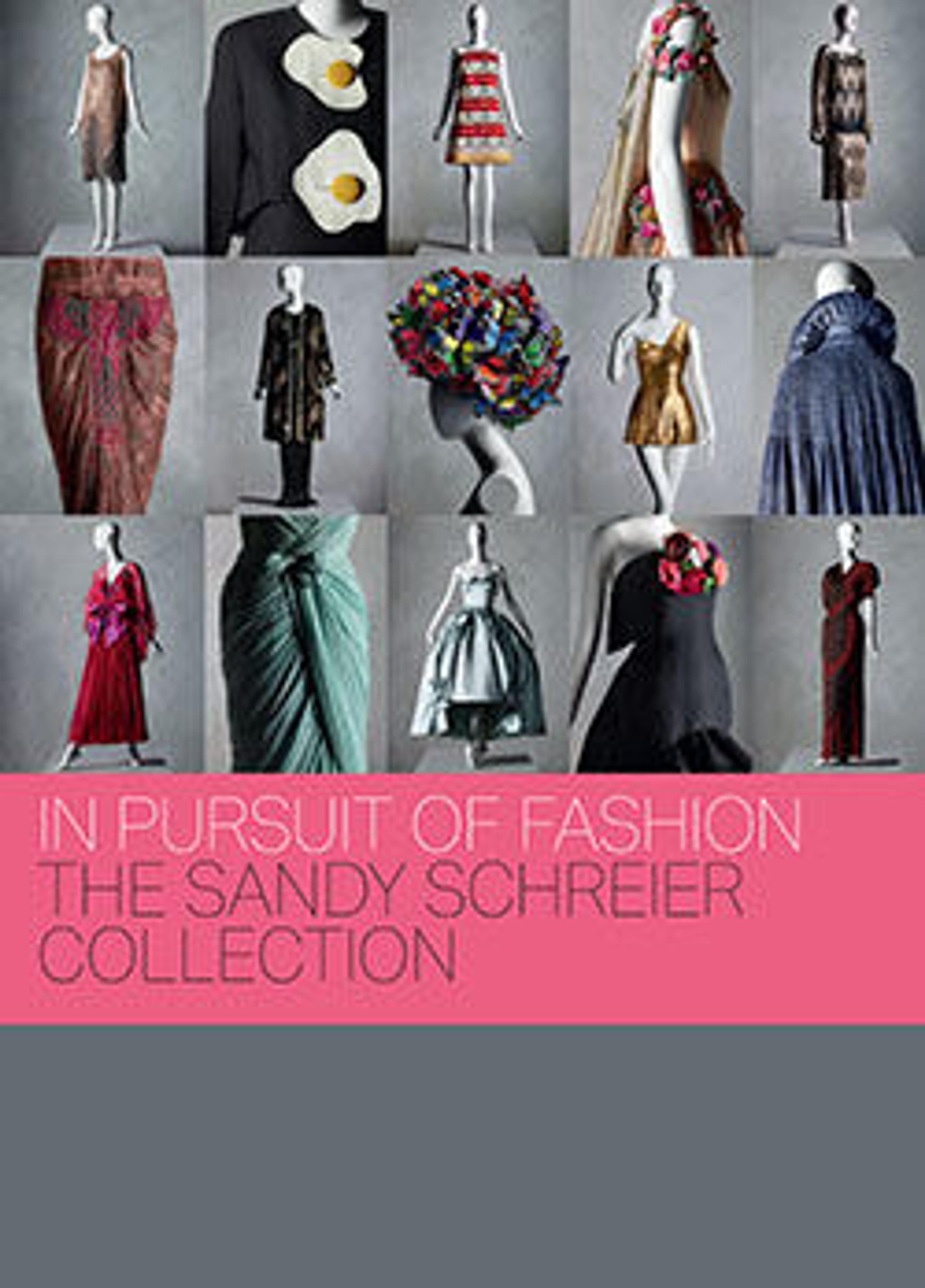Evening dress
Pierre Balmain, who worked for couturiers Edward Molyneux (1891–1974) and Lucien Lelong (1889–1958) before founding his own couture house in 1945, achieved early success under his own name, which he attributed to his offering a vision of feminine elegance abandoned during the war years. Before pursuing fashion, Balmain had briefly studied architecture, which instilled in him an abiding interest in harmony and balanced proportions. He would continue to speak of the parallels he saw between architecture and fashion, including the central importance in both disciplines of material selection. He believed a successful couturier must understand and exploit the inherent properties of fabrics, whether rigid or supple. As Balmain explained, a couturier “needs both the thick roughness of tweed and the evanescence of gauze or tulle.” Here, that balance is achieved with silk chiffon intricately draped over a firm understructure that defines the body’s contours, but is softened by the ethereal quality of his primary material and its delicate folds.
Artwork Details
- Title: Evening dress
- Design House: House of Balmain (French, founded 1945)
- Designer: Pierre Balmain (French, St. Jean de Maurienne 1914–1982 Paris)
- Date: fall/winter 1957–58
- Culture: French
- Medium: silk
- Credit Line: Purchase, Gould Family Foundation Gift, in memory of Jo Copeland, 2019
- Object Number: 2019.129
- Curatorial Department: The Costume Institute
More Artwork
Research Resources
The Met provides unparalleled resources for research and welcomes an international community of students and scholars. The Met's Open Access API is where creators and researchers can connect to the The Met collection. Open Access data and public domain images are available for unrestricted commercial and noncommercial use without permission or fee.
To request images under copyright and other restrictions, please use this Image Request form.
Feedback
We continue to research and examine historical and cultural context for objects in The Met collection. If you have comments or questions about this object record, please contact us using the form below. The Museum looks forward to receiving your comments.
